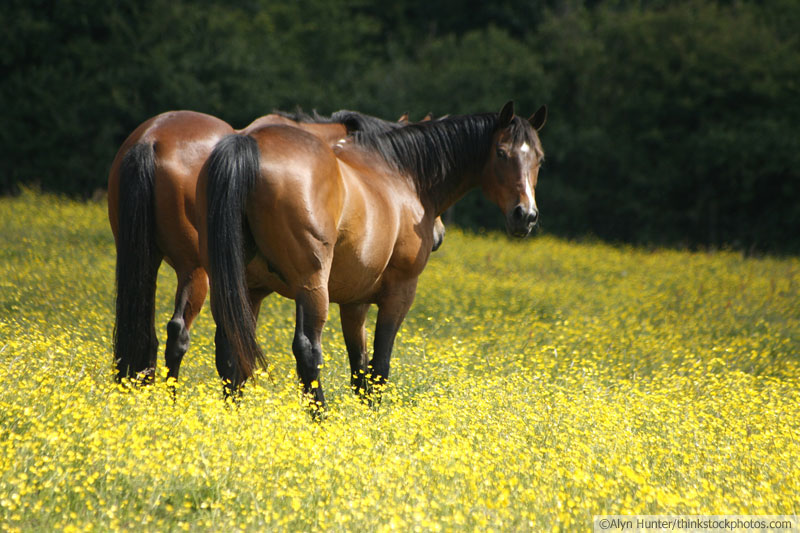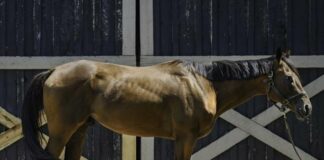
Q: I have a gelding and was recently told that I should clean his sheath to remove the bean. What are beans, and do all geldings get them? What would happen if the sheath was left uncleaned?
Not all male horses develop beans, and some develop only small beans. Some beans are soft and gooey, while others are firm and well-formed.
In addition to developing beans in the urethral fossa, male horses accumulate flaky and cheesy material within the sheath; this should be cleaned annually, as well, preferably before fly season. The extent and consistency of this accumulated material within the sheath is somewhat dependent on the ground; your horse kicks up dirt into the sheath as he rolls, adding to sweat and normal skin secretions within the sheath. The collection of all the secretions, dead skin, and debris is referred to as smegma, which is typically gray to black in color. In horses lacking pigment in the sheath and/or penis, the secretions may be pale pink or cream-colored. Each horse is different in how much smegma he produces. Some horses will rub their tail in response to a dirty, itchy sheath.
It is good hygienic practice to have your vet clean your horse’s sheath each spring and to remove accumulated beans at that time. This is also an opportune time to check for the development of skin growths or cancer, such as squamous cell carcinoma or melanoma—common tumors that often develop within the sheath or along the penis.
NANCY S. LOVING, DVM, is a performance horse veterinarian based in Boulder, Colo., and is the author of All Horse Systems Go.
This article originally appeared in the May 2014 issue of Horse Illustrated magazine. Click here to subscribe!





